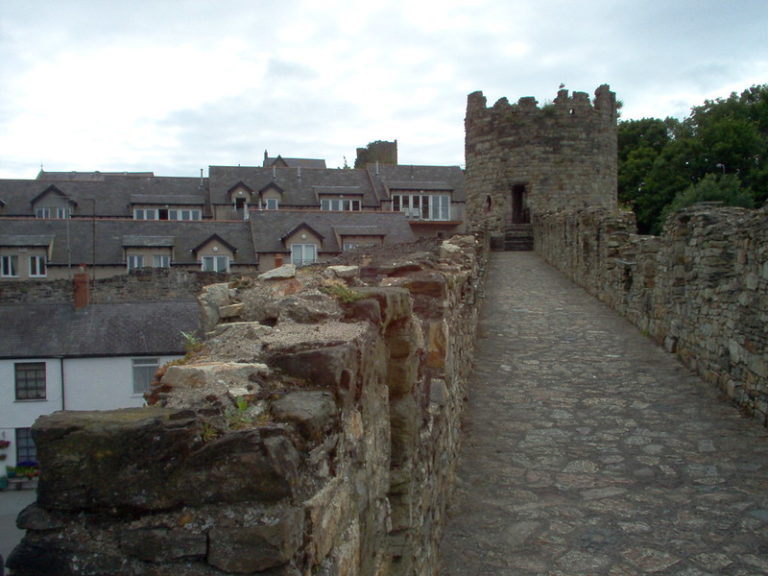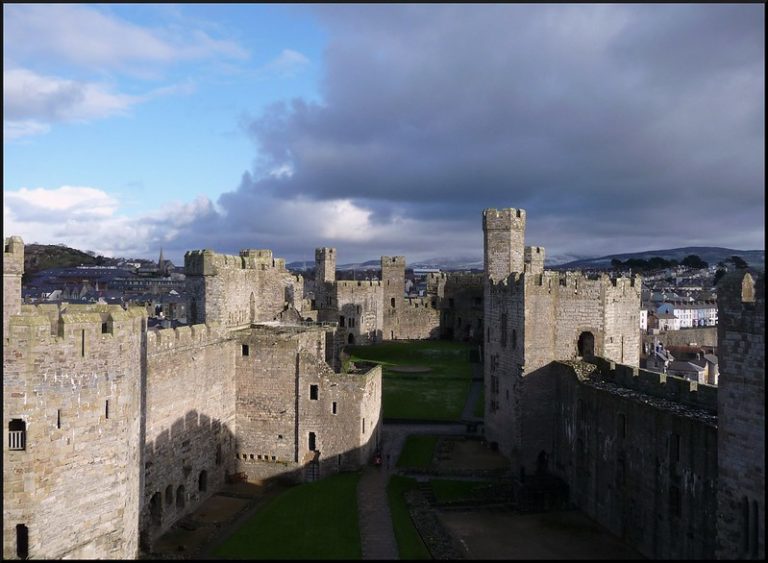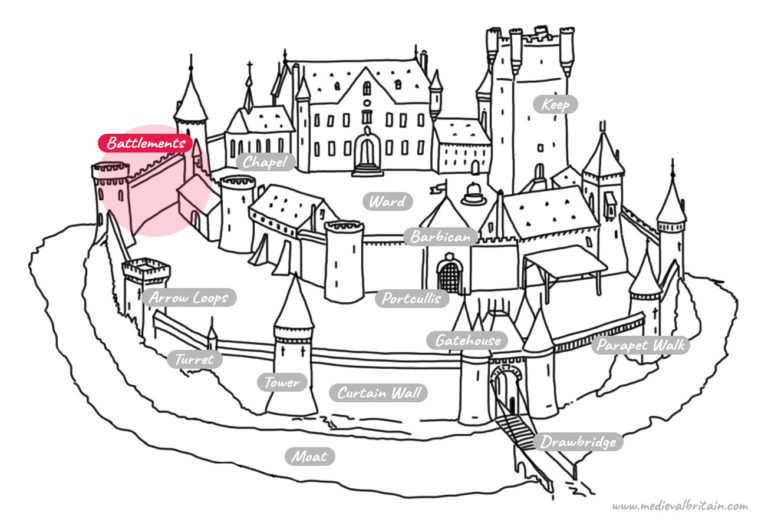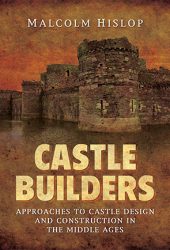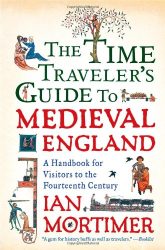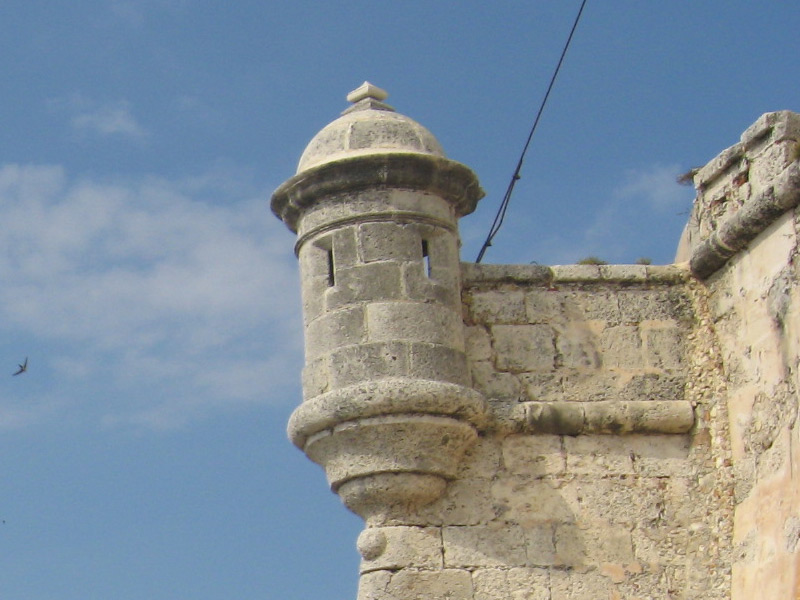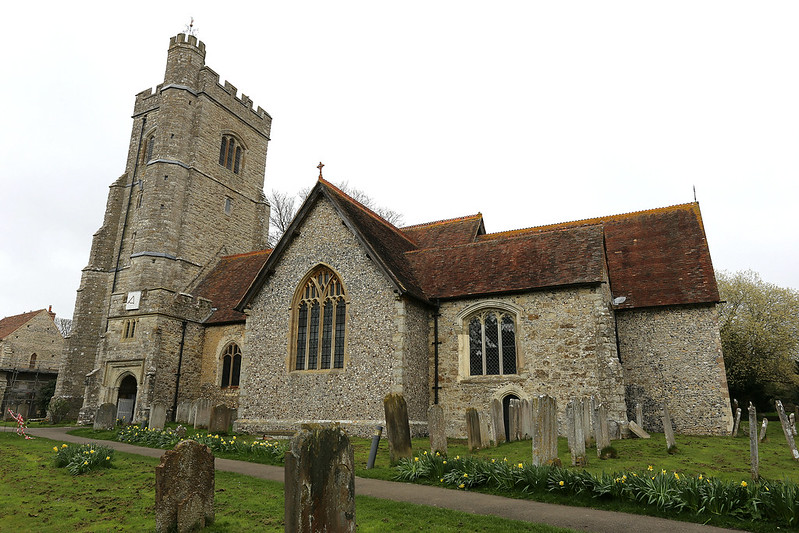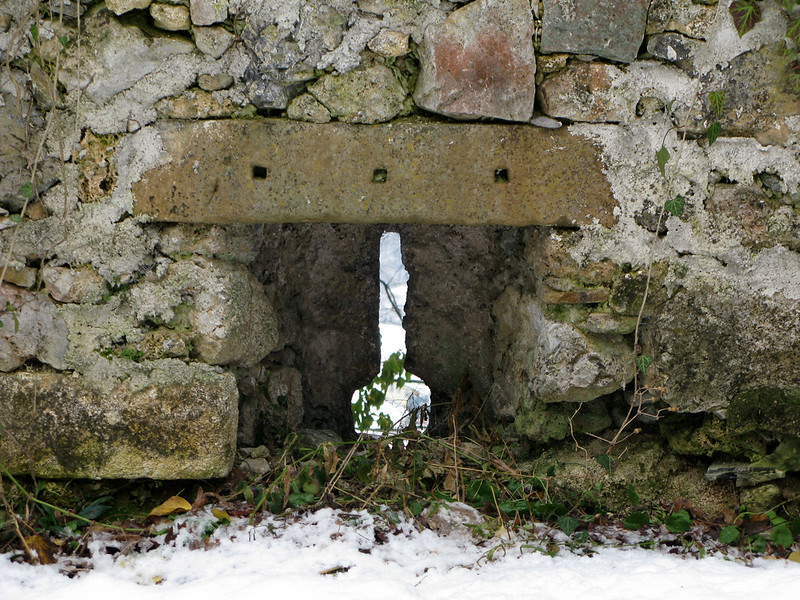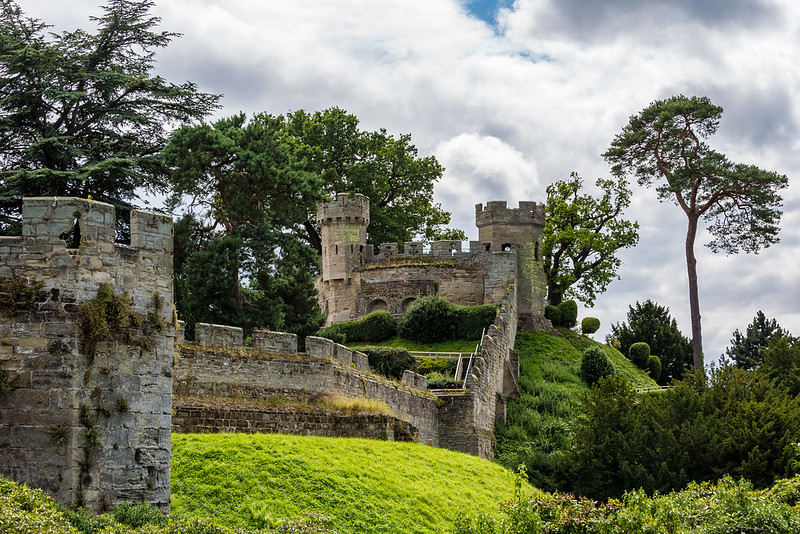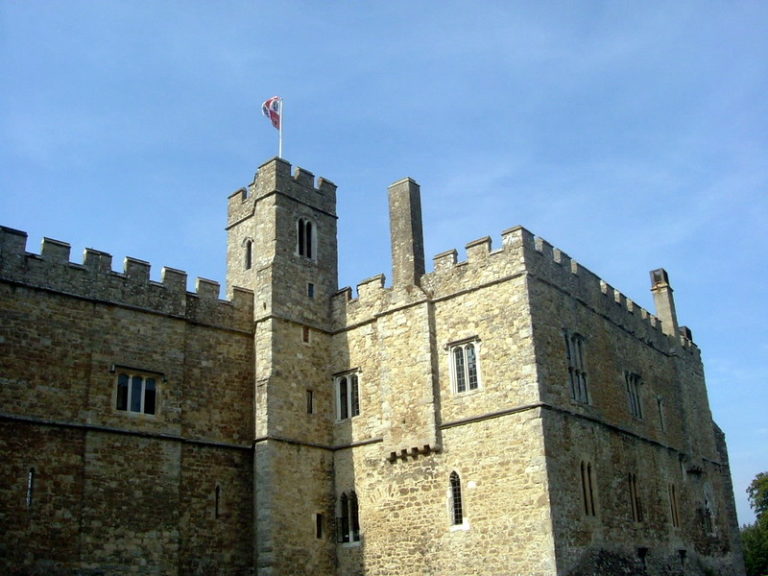
A castle’s Battlement consisted of a parapet with gaps or indentations used for defence. They were used in medieval architecture to provide cover for discharging arrows and missiles.
The term originates from the Old French word “batailler“, meaning to fortify with batailles or movable turrets of defence.
Battlements usually had a walled walkway behind them that allowed defenders to move quickly around the castle. The gaps (merlons or crenallations) helped protect soldiers from enemy fire, while walls had arrow loops and later gun ports.
Quick jump to: Battlements – Chapel – Keep – Ward – Barbican – Arrow Loops – Turret – Tower – Portcullis – Moat – Gatehouse – Curtain Wall – Drawbridge
History of the Battlements
Battlements were first used in Egypt. The earliest known example can be found in the palace of Medinet-Abu in Thebes. It’s believed that this architectural design derives from Assyrian fortresses. Bass relieves from Nirum shows them around Assyrian towns, and there are traces found also in Mycenae in Greece. The Great Wall of China also has battlements.
Romans used wooden pinnacles on top of their first aggeres. Internal buttresses were used in Pompeii to provide protection on one side of a wall.
In the Middle Ages, battlements had arrow loops of various shapes depending on the weapon to be fired. From the 13th century, merlons were connected with wooden shutters that could be opened temporarily to allow fire against attackers. Crenallations (or openings between the two raised solid portions of merlons) provided cover for those firing weapons and allowed to get very close to the wall face.
Medieval Battlements
Medieval battlements served several purposes. They allowed soldiers to defend the castle and also let archers attack by firing arrows and drop objects on the enemies below. This is why most parapets or walls were built around shoulder or head height – with the crenels or opening being lower.
Castle’s battlements were usually made of stone and were thinner than the wall below them.
As medieval weaponry evolved during the Reinassance period, the use of battlements declined.
